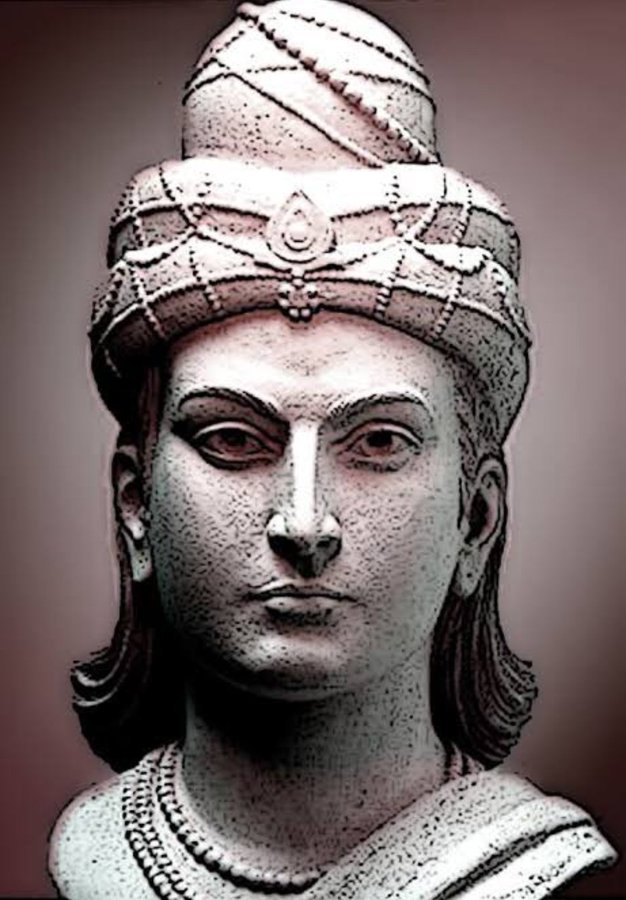Ashoka the Great was the commonly used name for Samrat Ashok, who was recognized as one of the most powerful and influential monarchs in the annals of Indian history. He was instrumental in transforming a strong military giant into a big but peaceful empire during his rule over the vast Mauryan Empire. He is known for uniting peace and Buddhism in his way of life as well as spreading such ideals within and outside his empire.
Early life and education
Ashoka was born about 304 BC in Pataliputra, the capital of the Mauryan Empire. He was the son of Bindusara, the second Mauryan monarch, and was born of a lesser queen. As a young prince, Ashoka underwent rigorous training that involved warfare tactics, administration as well as studying philosophy. People remembered him for hunting and being physically strong.
Ascendancy to power
In 273 BC Ashoka took over from his father Bindusara as head of state thereby initiating a period marked by consolidation and expansion of the Mauryan Empire during his early years as king. He even participated in numerous wars which included conquering Kalinga; this was an eastern Indian coastal province among other known military campaigns. However, the saga of Kalinga’s bloody war changed his heart devoid of evil into one of compassion.
Kalinga War and conversion to Buddhism
The war in Kalinga fought around 261 BCE was the turning point in Ashoka’s life. This battle was so brutal with many soldiers and even ordinary people losing their lives. It is from the horrors of war that he developed a deep aversion and turned to Buddha’s teachings since this religion stands for peace, compassion, and non-violence.
Ashoka’s Reign as a Buddhist Emperor
When he converted to Buddhism, he embraced it as a way of life. A series of reforms were implemented by Ashoka aimed at promoting Buddhism and conveying its peacefulness across his empire. He created many such stupas and monasteries in different corners of Asia such as Burma, Sri Lanka, and Thailand.

